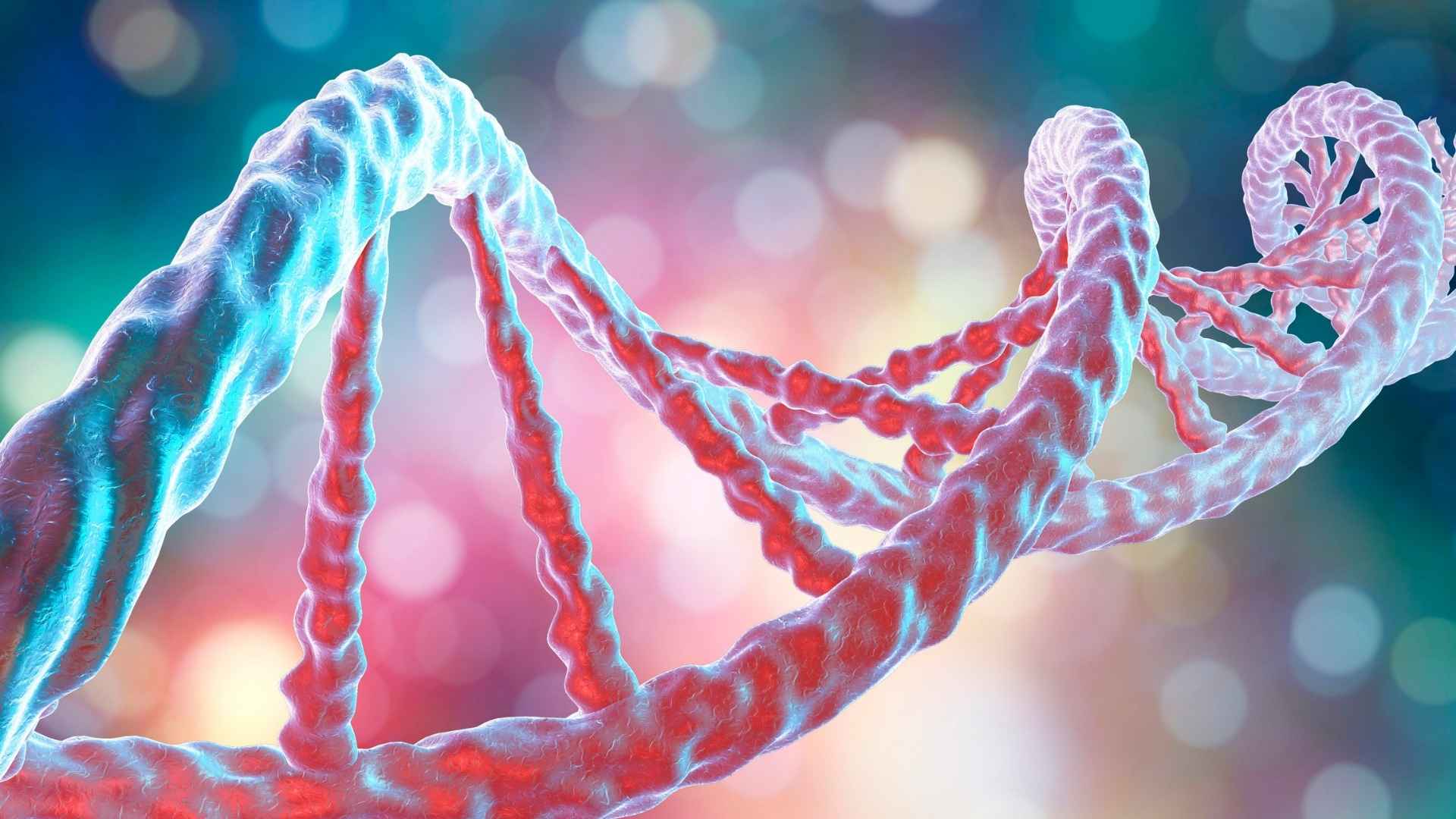When multiple genotypes are involved in a specific case or population the difficulty of understanding DNA data is magnified. There are two primary methods to determine the proportions of different genes in mixtures. The first is the inverse genetic algorithm (DEG). This method employs a single-locus model to estimate the size of the population. This model is based upon the principle that each individual contributes a portion of their DNA to overall mix. The second method is the statistical computer-based modeling system.
The second method of DNA data interpretation is analyzing the raw genetic information from an individual. After the DNA sample has been taken, the information is digitalized and stored on a computer. DNA apps review the information and compare it with scientific data. They then generate reports to the user. This type of genetic analysis provides the person with relevant information regarding their family members or genetic conditions. It is important that you know that the accuracy and validity of an DNA analysis will depend on the method employed.
Although it is possible to search for specific DNA sequences or variants that could indicate a risk of an individual genetic disorder but it can be difficult to interpret the results without a qualified DNA expert. It is also possible to hinder DNA evidence of its scientific worth. Many DNA samples are complicated. Some DNA samples are complicated, have very little DNA, exhibit signs of degradation, and could be mixed with DNA from several individuals. It's not always possible to consult a genetic expert and often renders valuable evidence inadmissible when it comes to court.
Interpreting DNA data can be difficult. It requires specialized training and tools. It is possible to look up a specific genetic variant or DNA sequence in the case of a doctor. You can upload your DNA data into an indexable database if are a normal citizen. Companies like AncestryDNA and 23andMe offer this service automatically. These services also have many other benefits, but they may not be the ideal option for everyone.
The STRmix software is able to interpret DNA data that is raw. This software allows you to find the most likely candidate for a particular variant. STRmix is the most comprehensive and powerful database for DNA mixtures. A good example of an algorithm that is probabilistic is the STRmix app. It uses the Markov chain Monte Carlo algorithm to ensure a comprehensive search. It is an ideal option for analyzing raw DNA information.
Where did DNA Data Interpretation originate from?
Using a DNA mixture analysis is a common practice in criminal cases. This method is based upon the LR method. This method provides one number that represents the number of possible allele pairing combinations. Depending on the complexity of the mix, a 50:50 mix could have many allele combinations, while a 50:50 mixture will have fewer alleles. A mixture with a low weight can decrease the amount of match information.
The ICAR has released an accreditation service for DNA Data Interpretation Centres. This service permits organizations to perform SNP-based parentage analyses. The ICAR also encourages members Organisations to sign up as DNA Interpretation Centres. For example, the Interbull Centre at SLU University sends applicants test files. These apps can be used to create reports on the applicant's family or genetic background.
The ICAR Accreditation Service is the second method for DNA analysis. This service is available to organisations that have received the certificate. This is a third-party service , and ICAR recommends that all member organizations apply for it. The members of the organisation can also conduct SNP-based parentage analysis. The Interbull Centre will send test files to the candidate. After the test is completed the app will send an report.
Expertly evaluating DNA evidence isn't an easy task. It requires a lot of expertise and knowledge, however it can be very difficult. Some factors can affect a DNA analyst's judgment for example, their natural examination bias and the use of heuristic approaches. If there are different kinds of DNA, the DNA evidence may lose its probative value. The entire DNA sample analysis process will be rendered ineffective when the outcome is unclear.
For more information on DNA Data interpretation, click here: https://geneyx.com/

